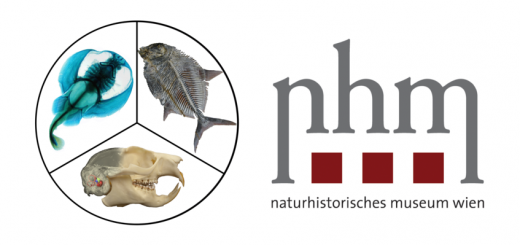Dental wear gradient in rats
 Teeth are in direct contact with the animal’s food. The interaction leaves marks on the enamel and these wear patterns can be assessed quantitatively via dental microwear texture analysis (DMTA). In addition to food and other ingesta properties, factors may affect microwear formation.
Teeth are in direct contact with the animal’s food. The interaction leaves marks on the enamel and these wear patterns can be assessed quantitatively via dental microwear texture analysis (DMTA). In addition to food and other ingesta properties, factors may affect microwear formation.
In a recent study (Winkler et al. 2024 The Anatomical Record DOI: 10.1002/ar.25595) by the Böhmer Research Group, we 1) investigated the microwear patterns along the upper cheek tooth row in pellet-fed adult female rates at different growth stages and 2) calculated bite forces for each cheek tooth position using anatomical muscle cross-sectional areas and lever arm mechanics. The combined analysis revealed that the first cheek tooth (M1) transitions from being highly engaged during mastication in younger individuals, to experiencing less abrasive wear in older individuals. 
Overall, our results highlight the necessity to consider non-dietary factors that affect microwear formation, such as bite force and ontogeny.
Reference:
Winkler DE, Bernetière I* and Böhmer C (2024) Tooth eruption status and bite force determine dental microwear texture gradients in albino rats (Rattus norvegicus forma domestica) The Anatomical Record. DOI: 10.1002/ar.25595




Neueste Kommentare